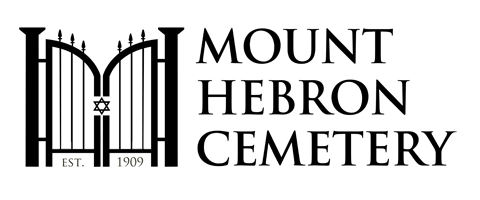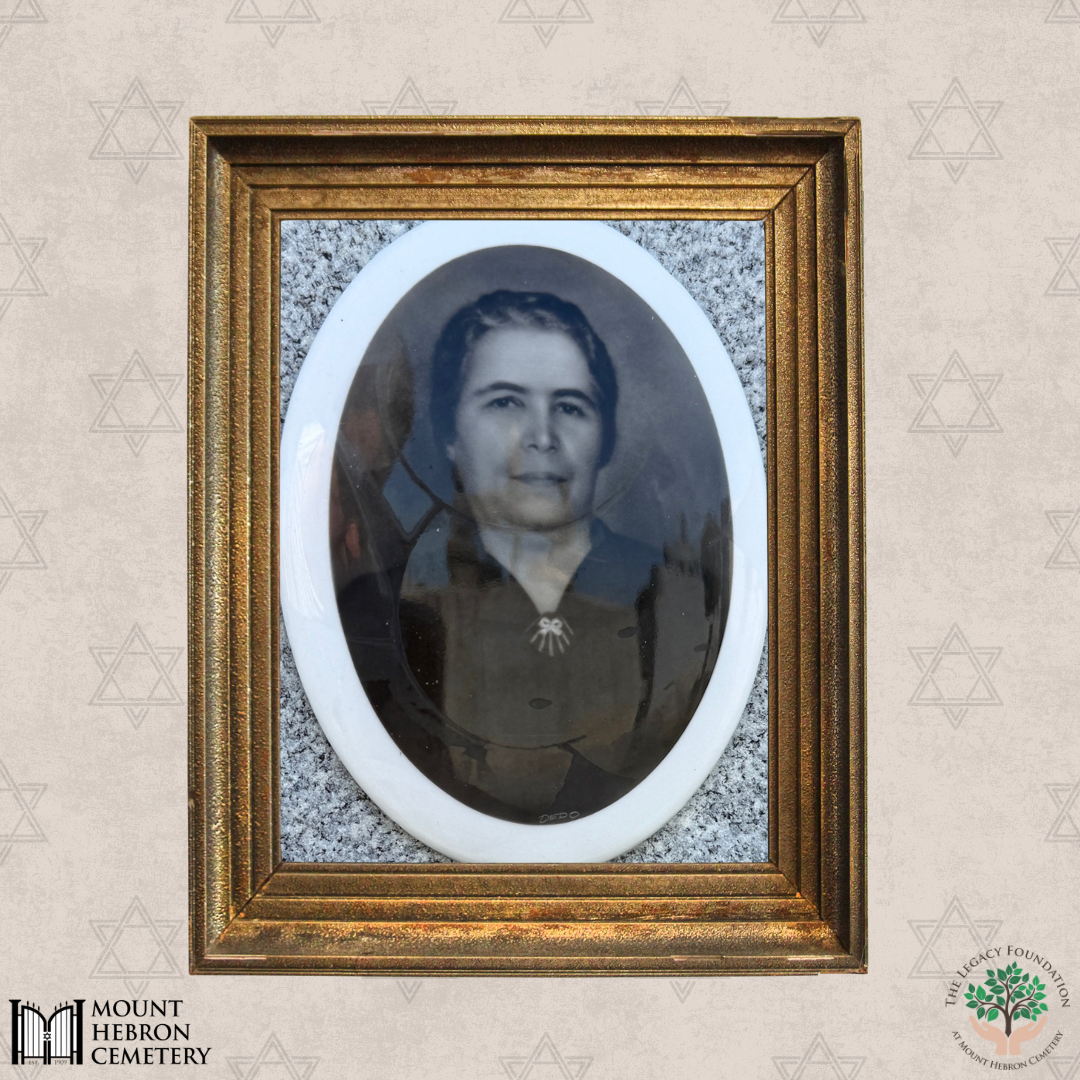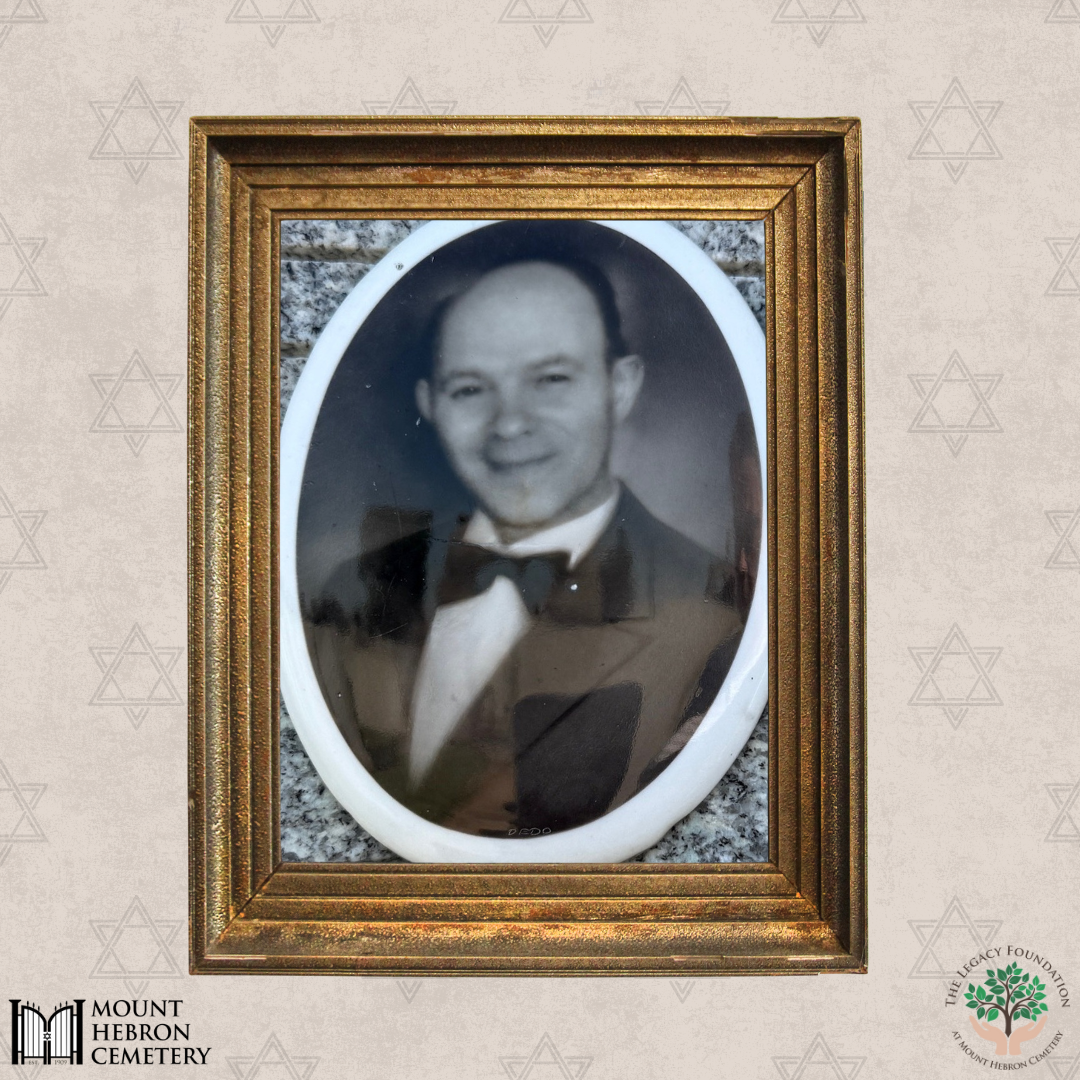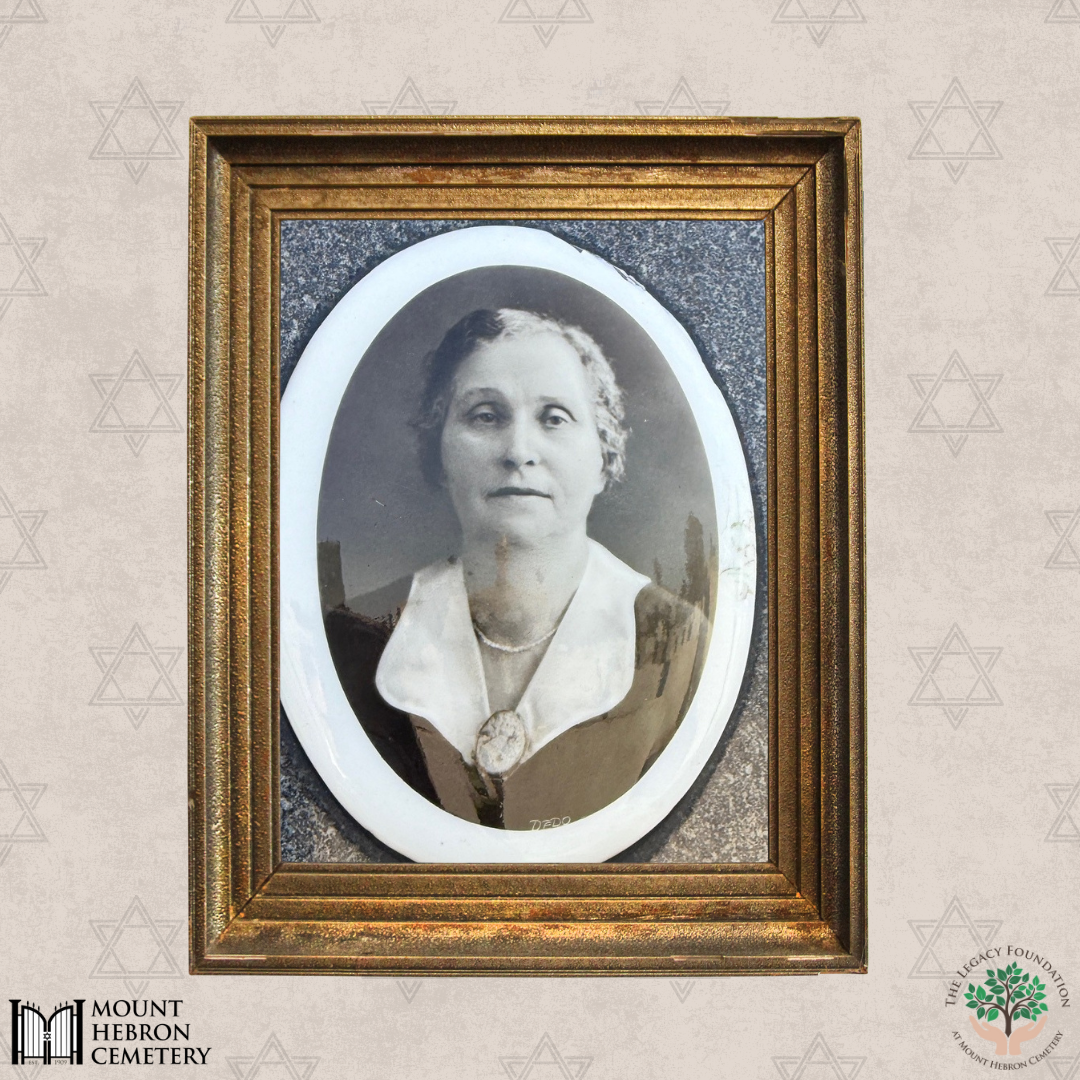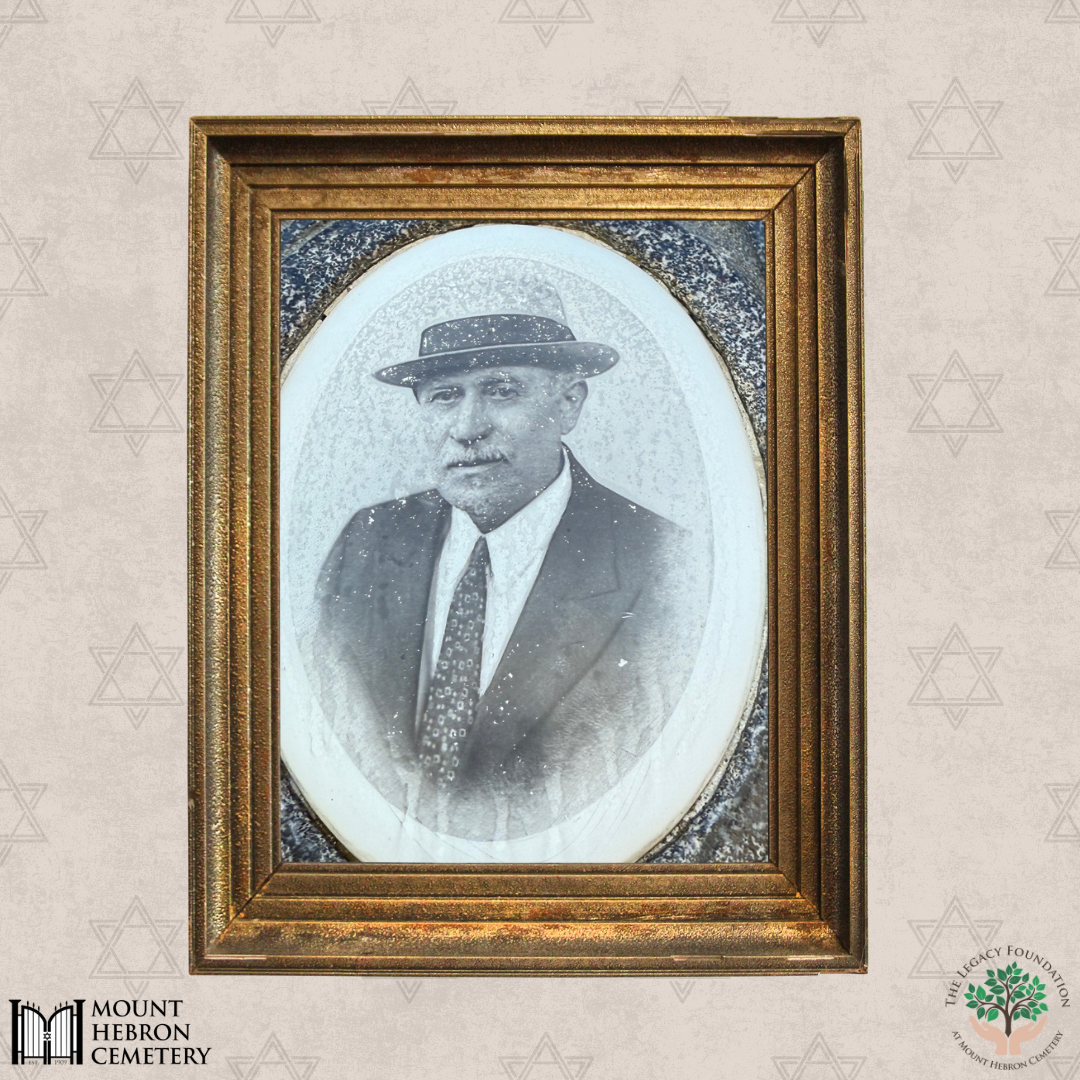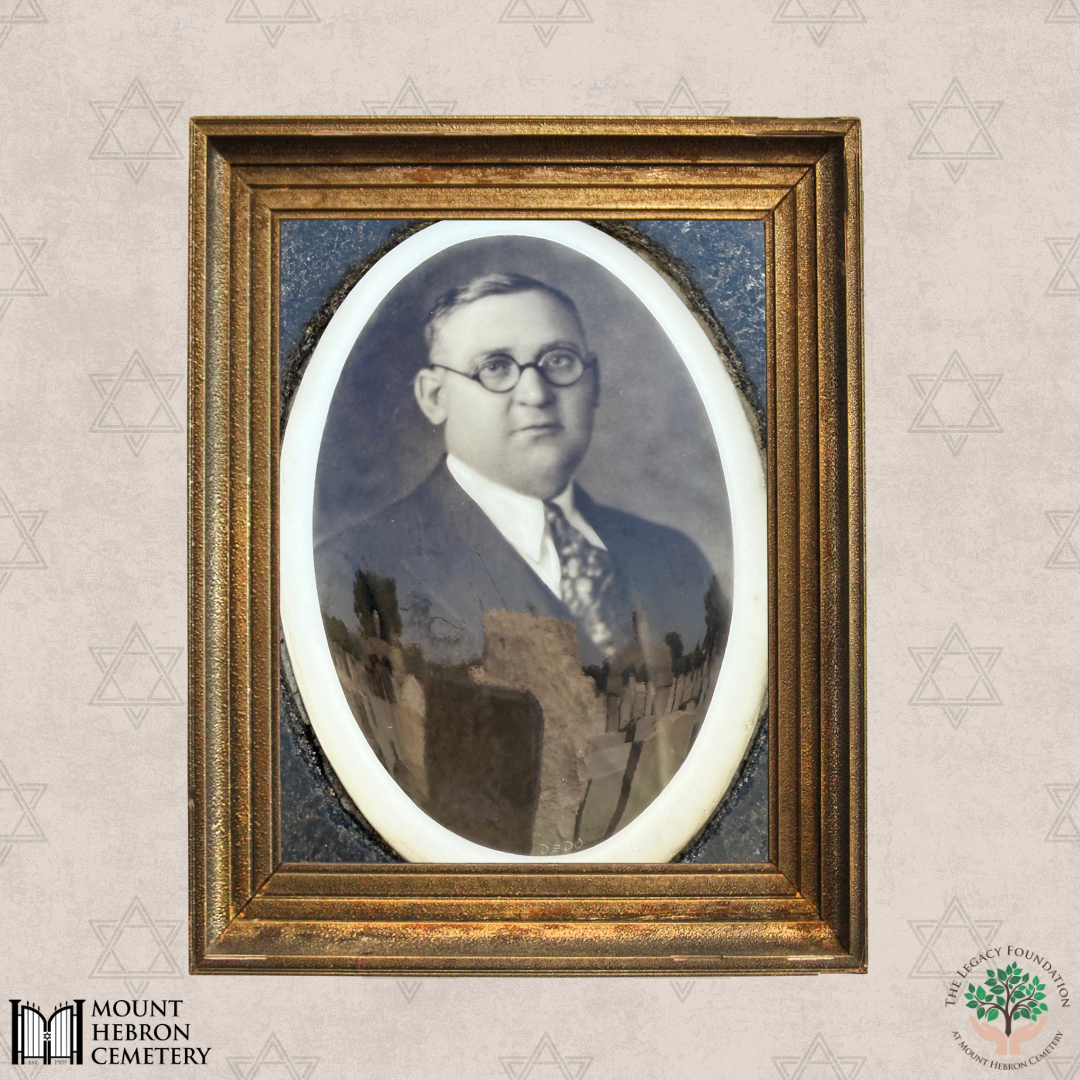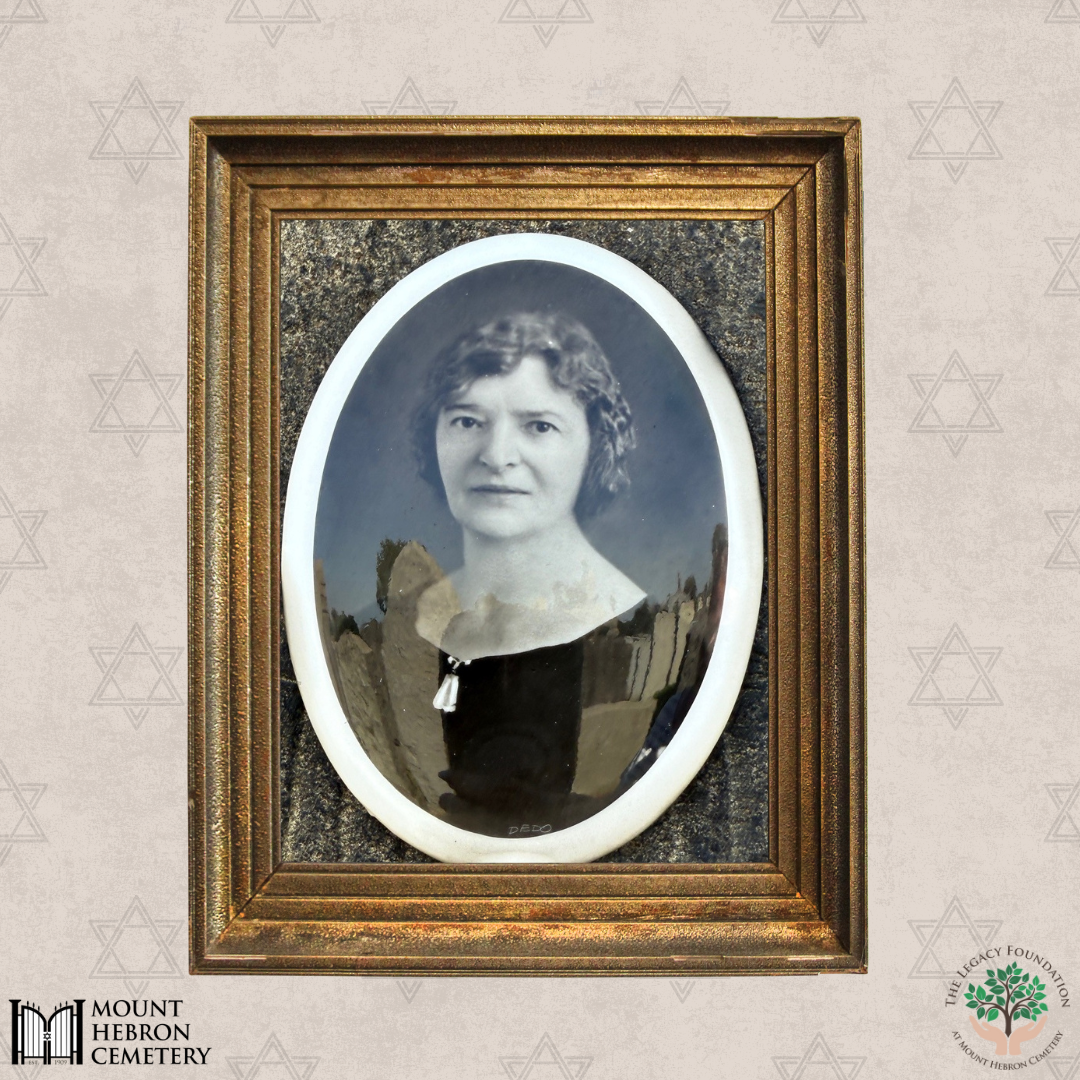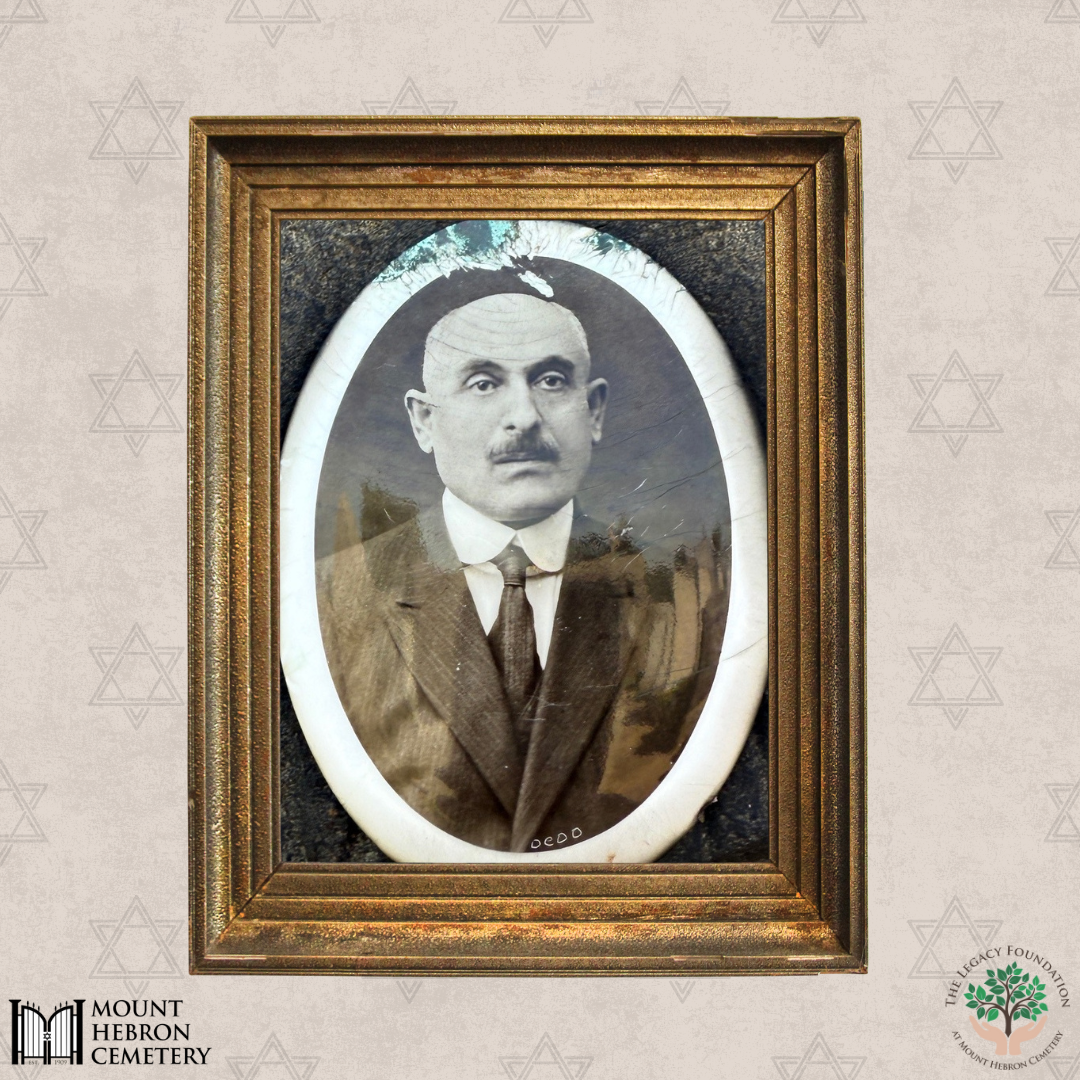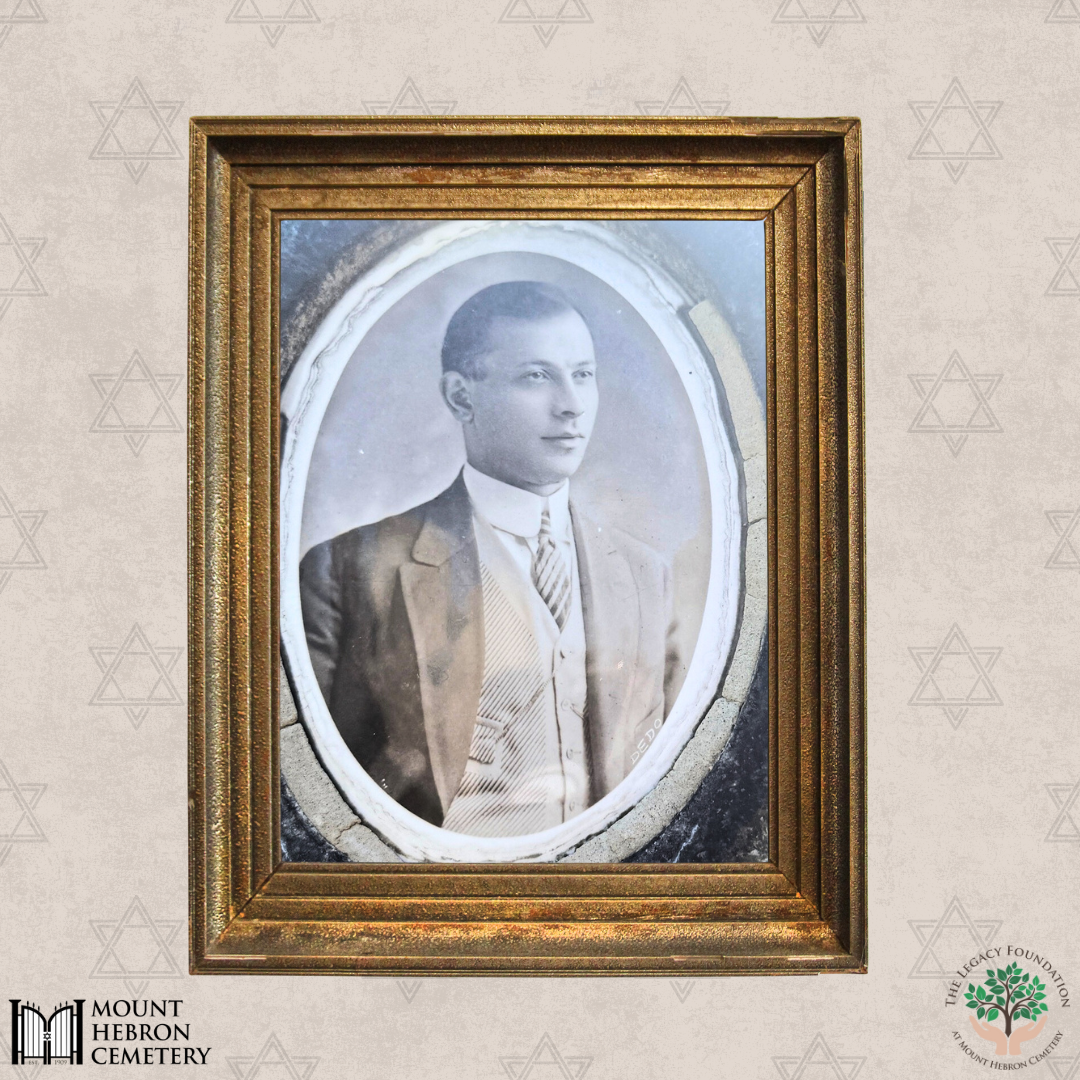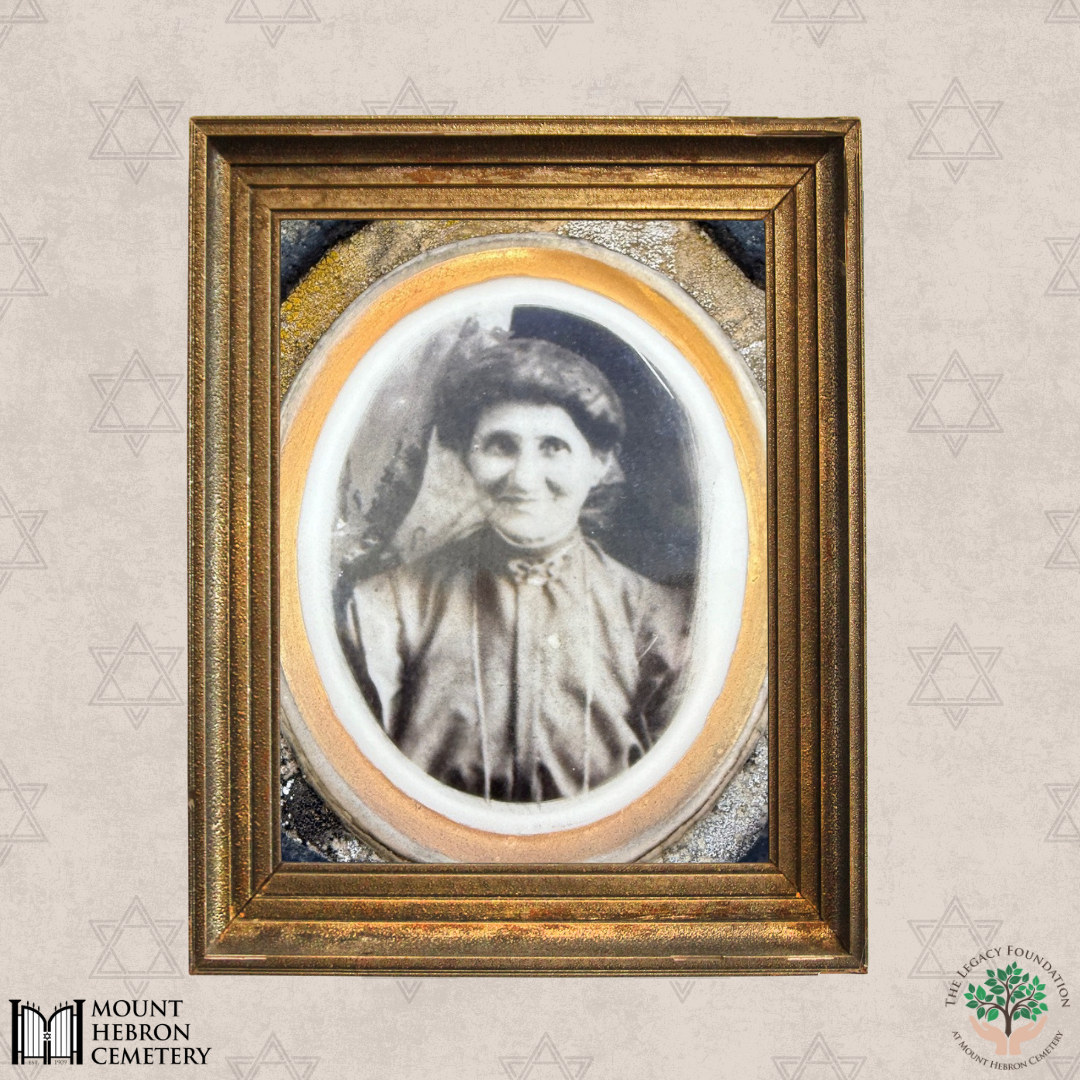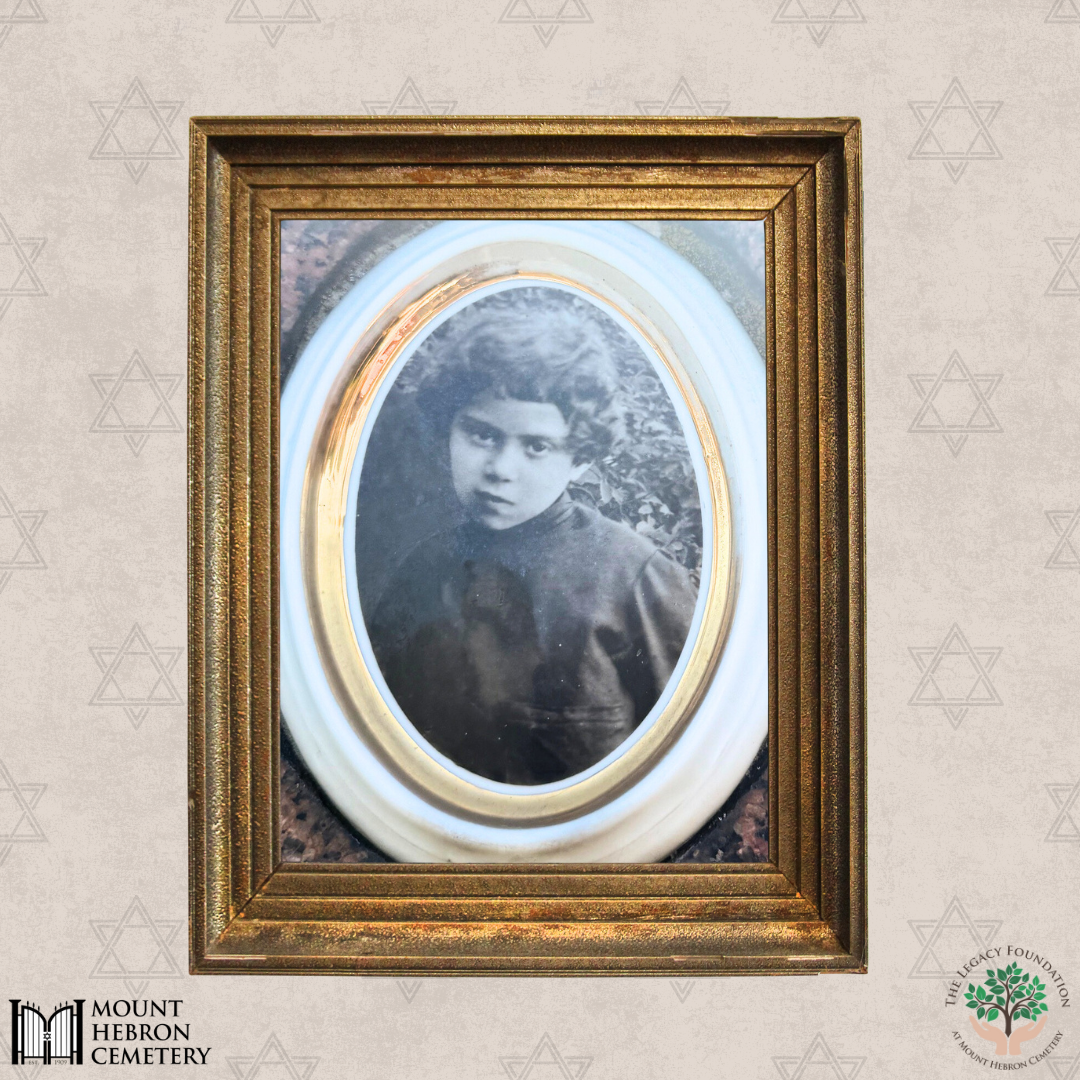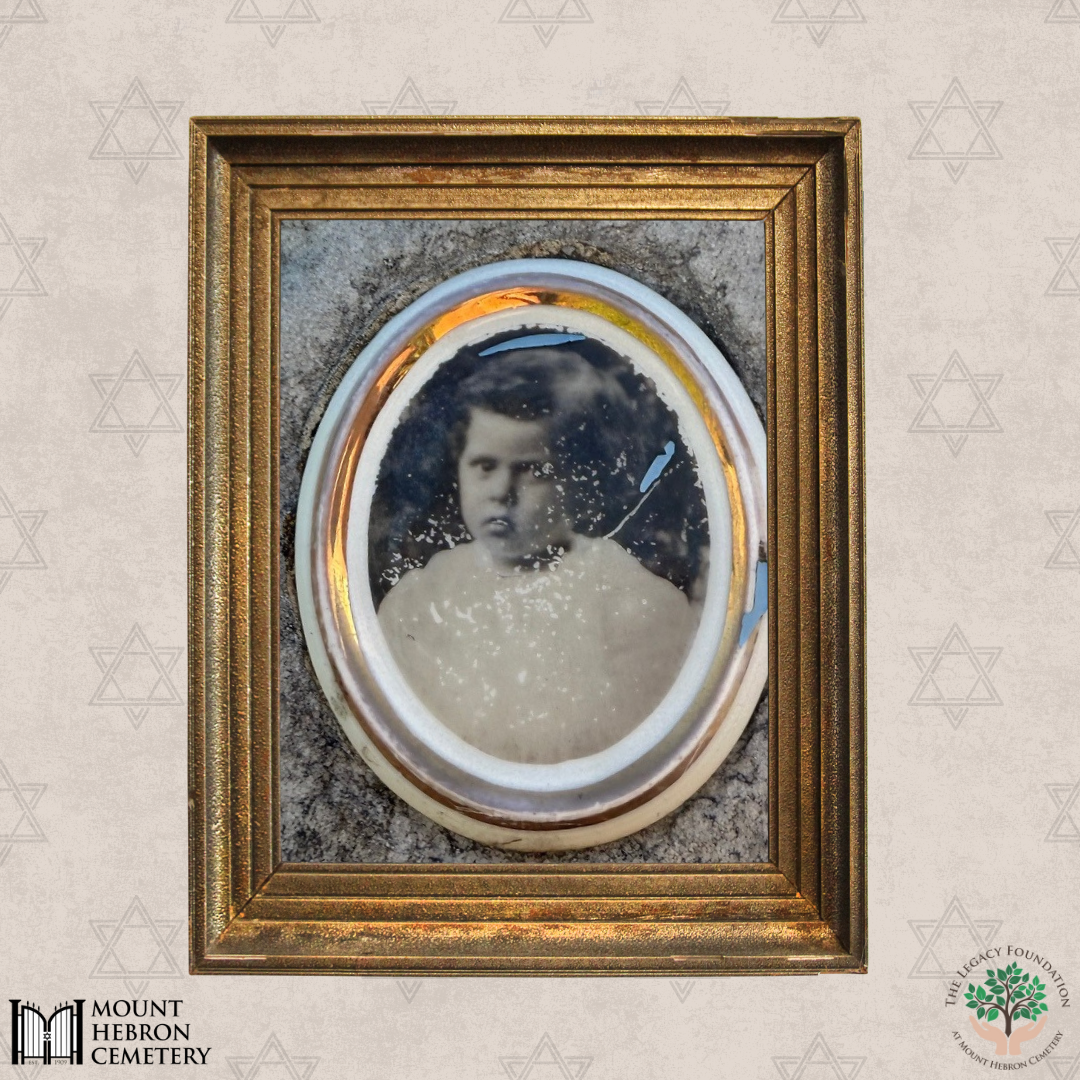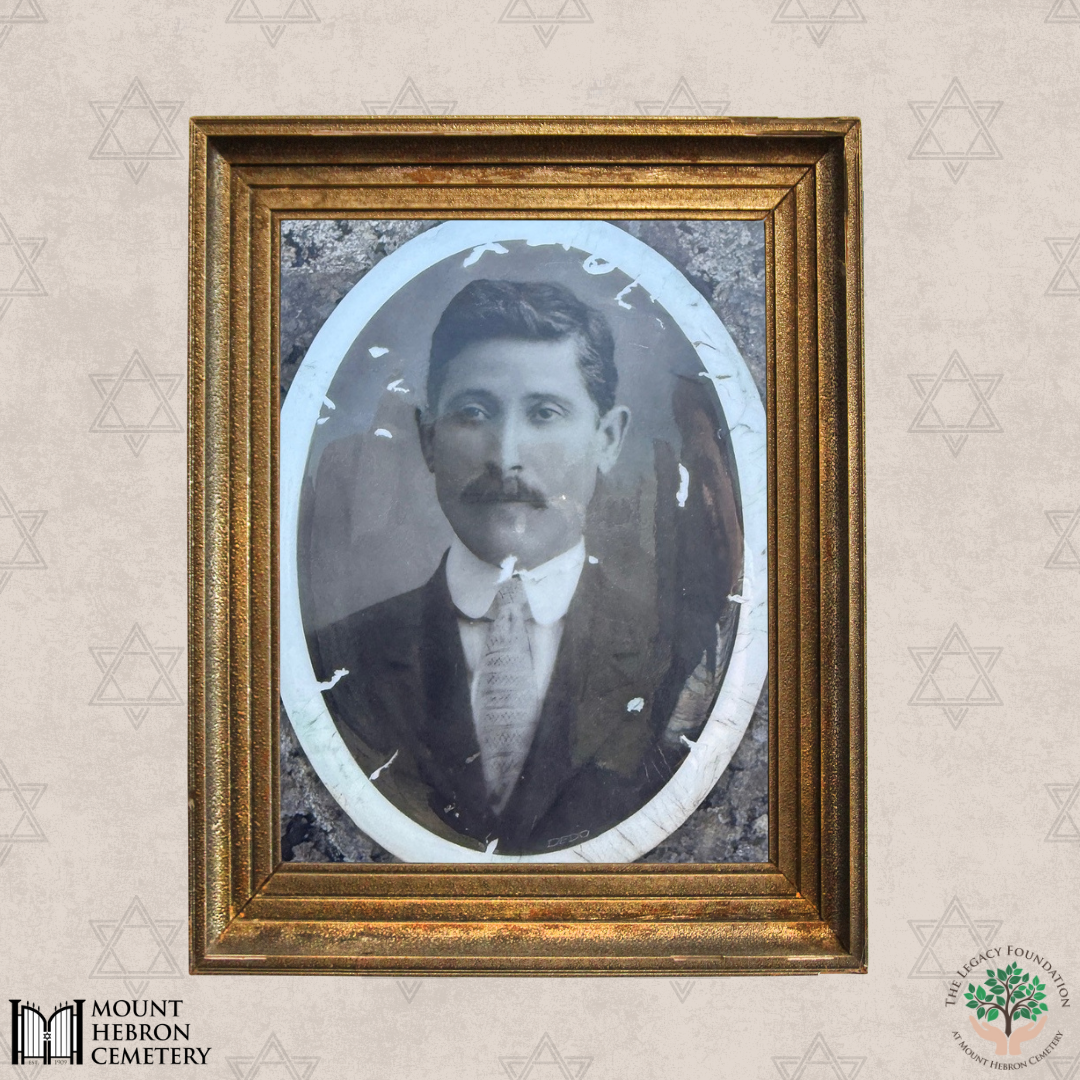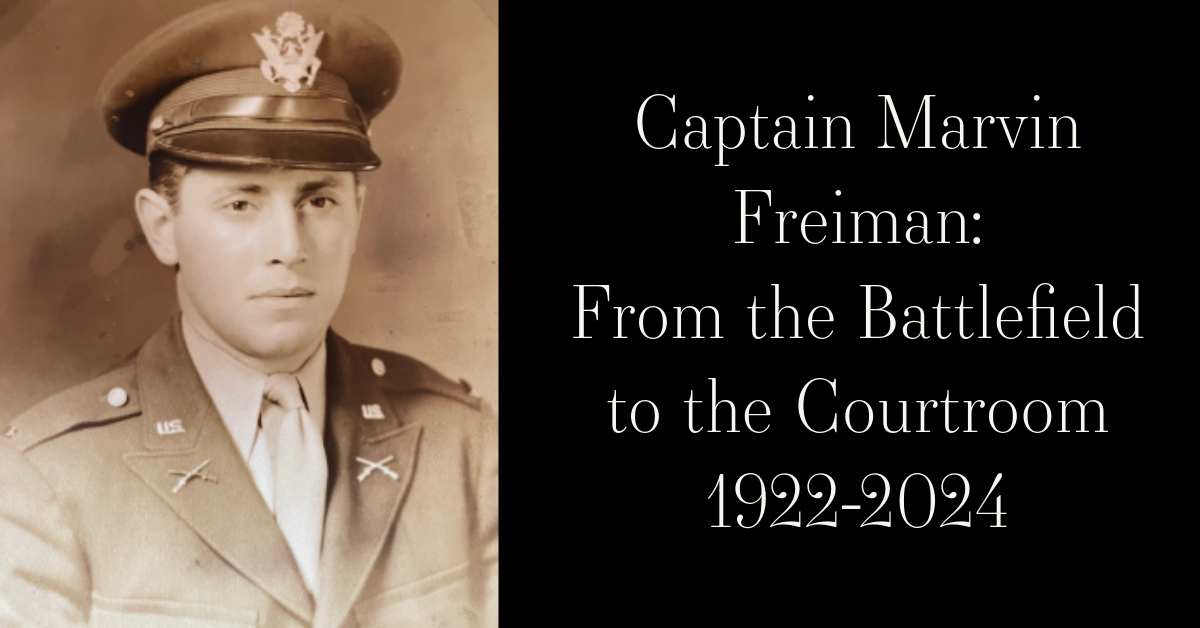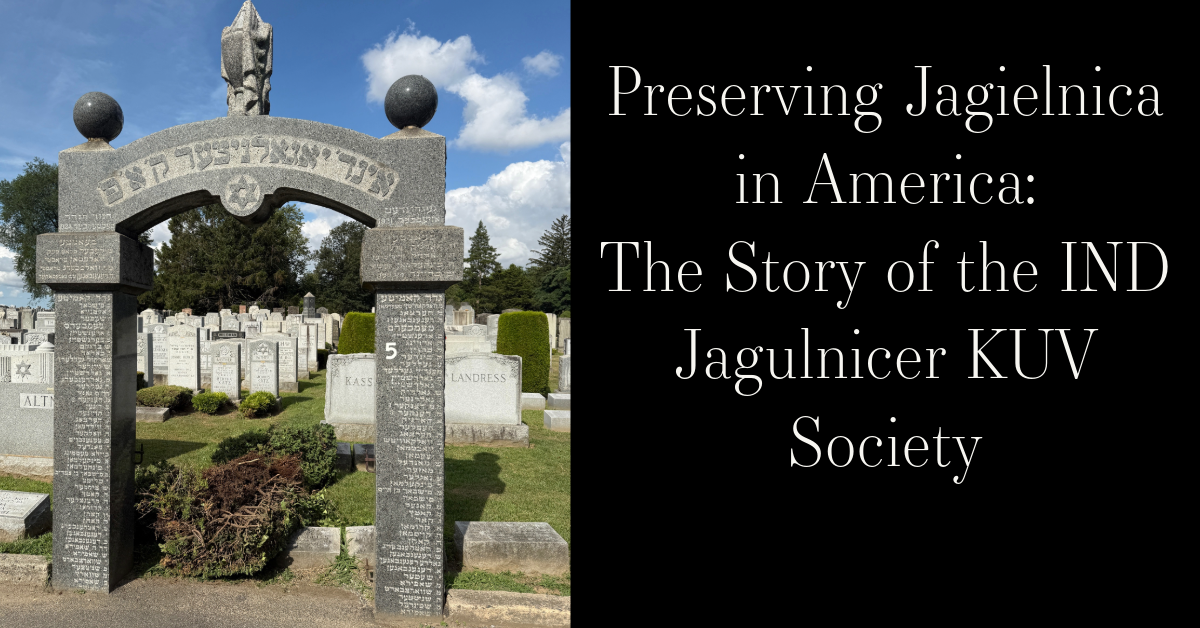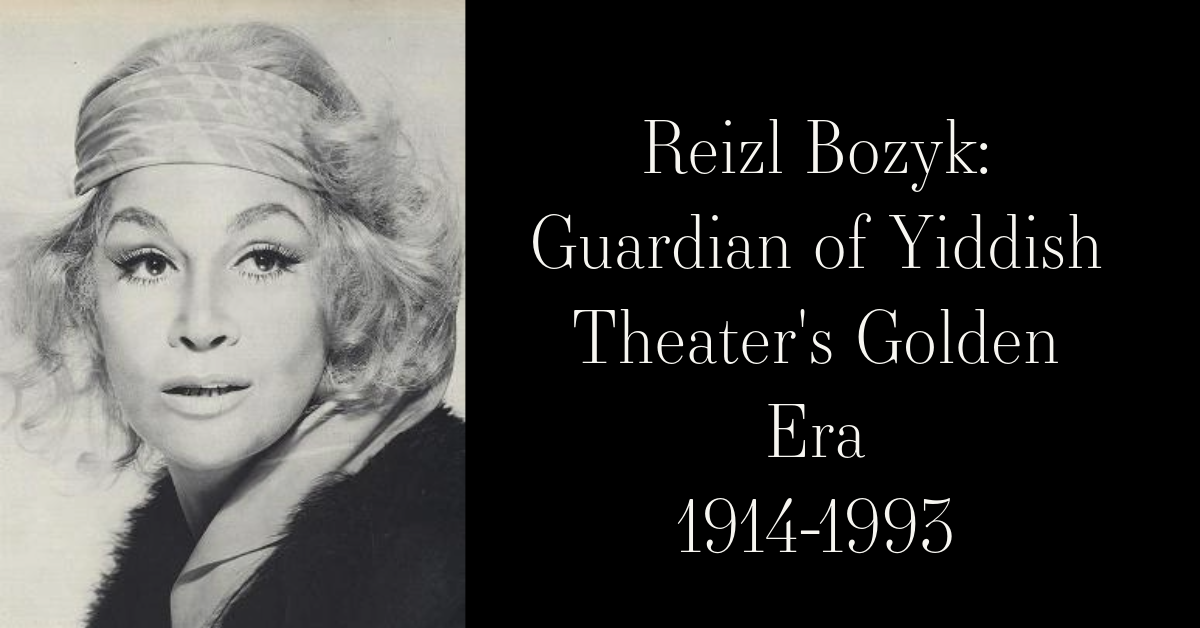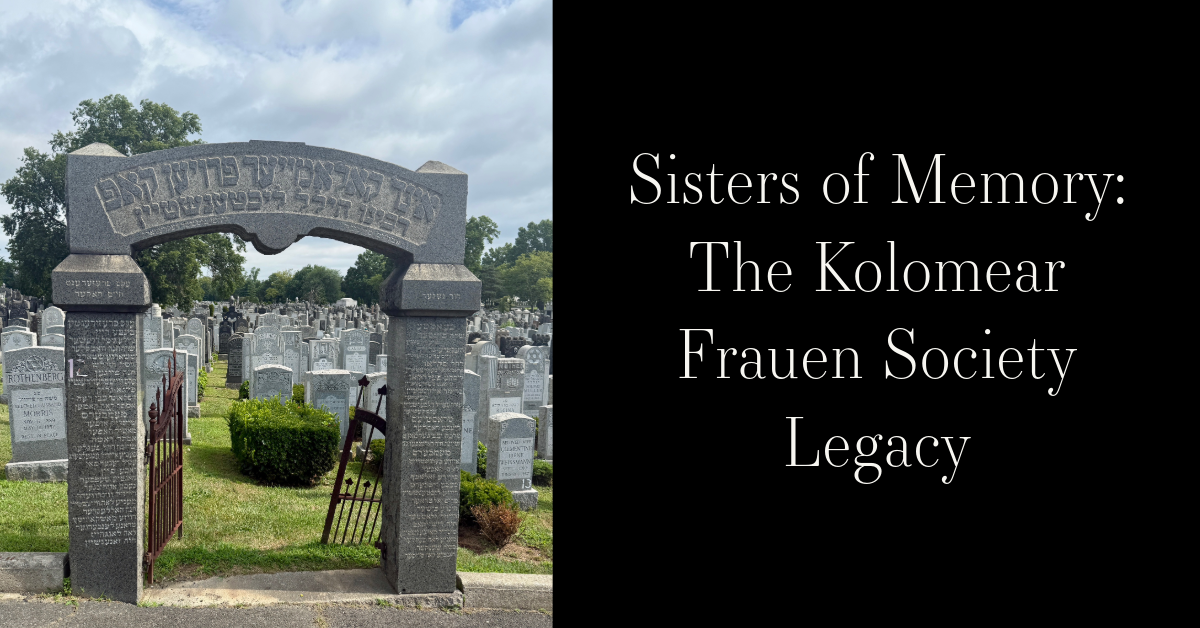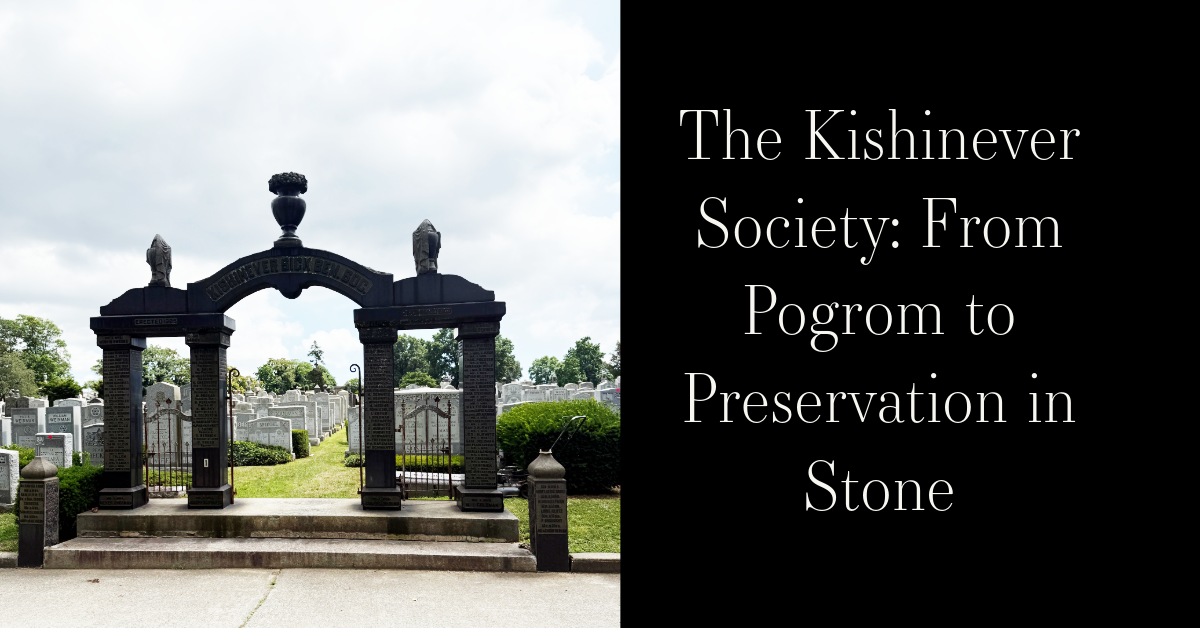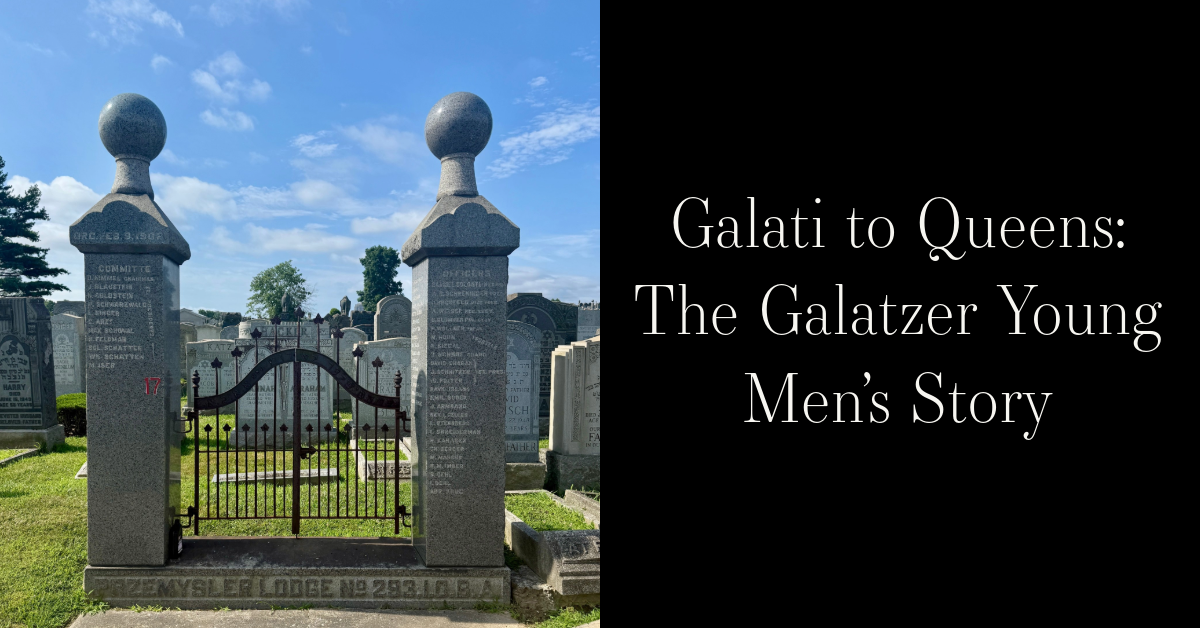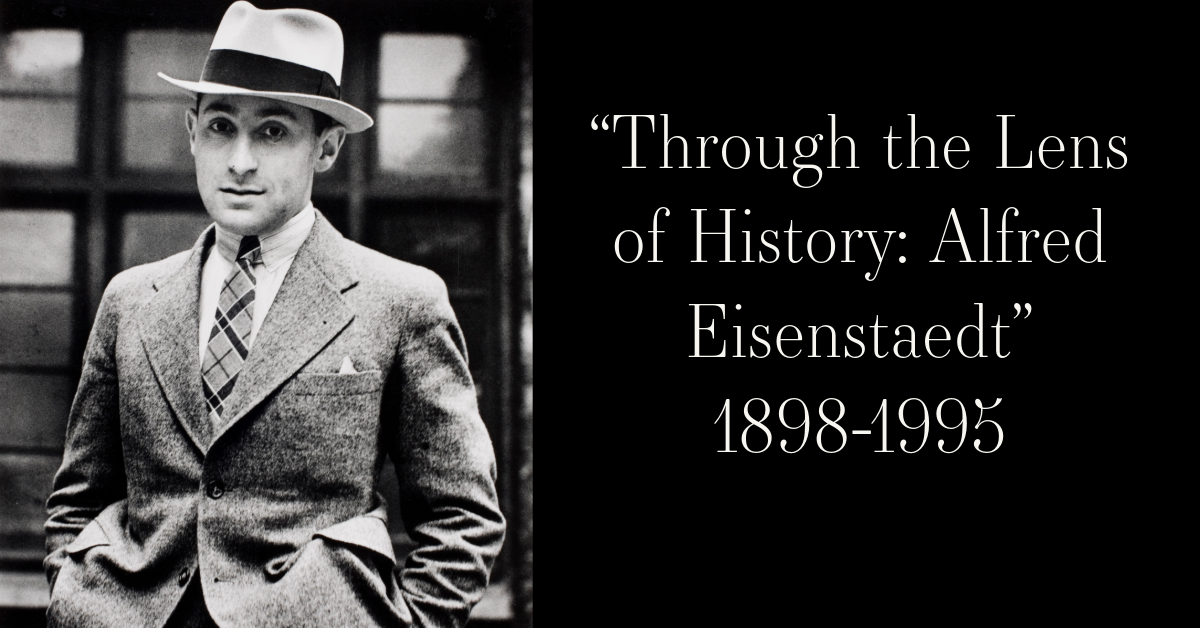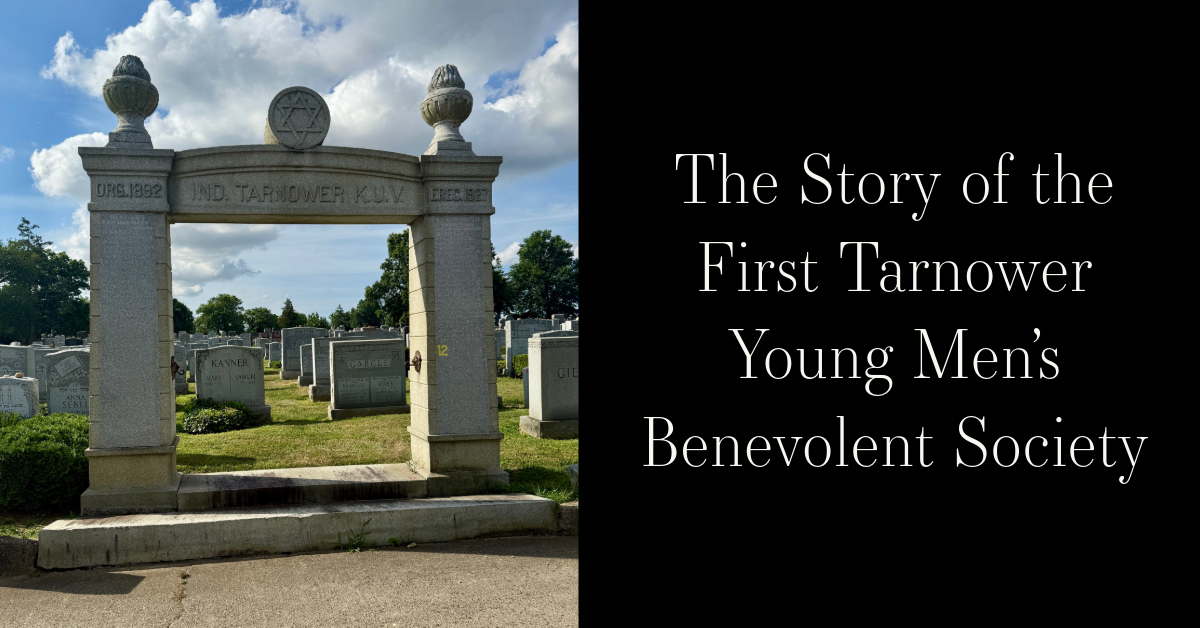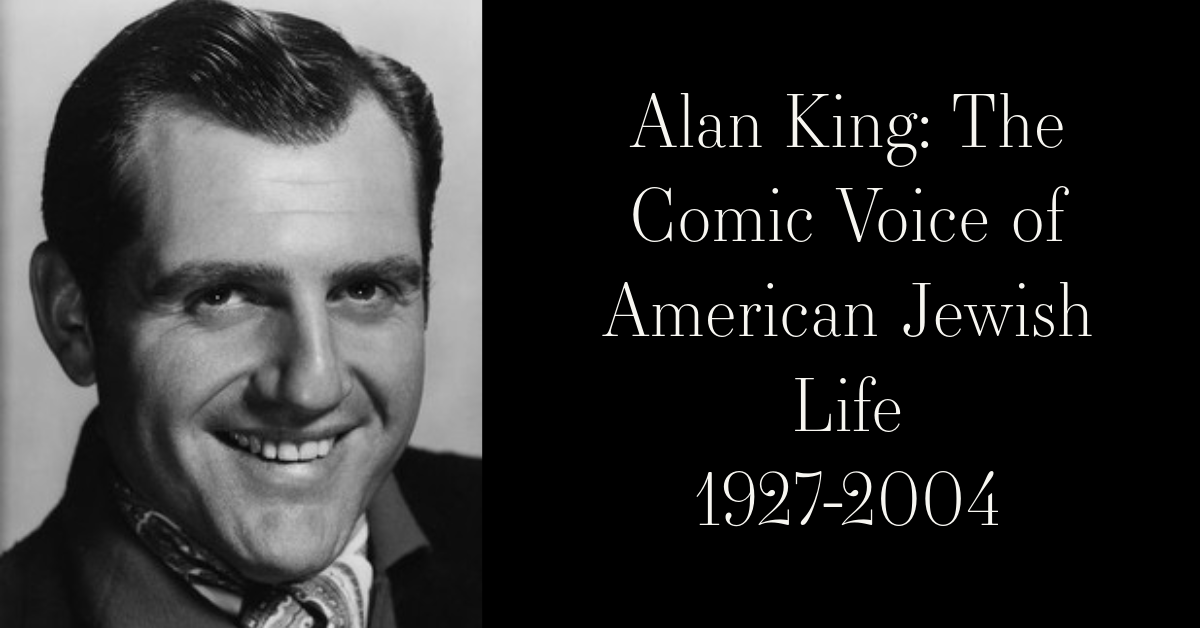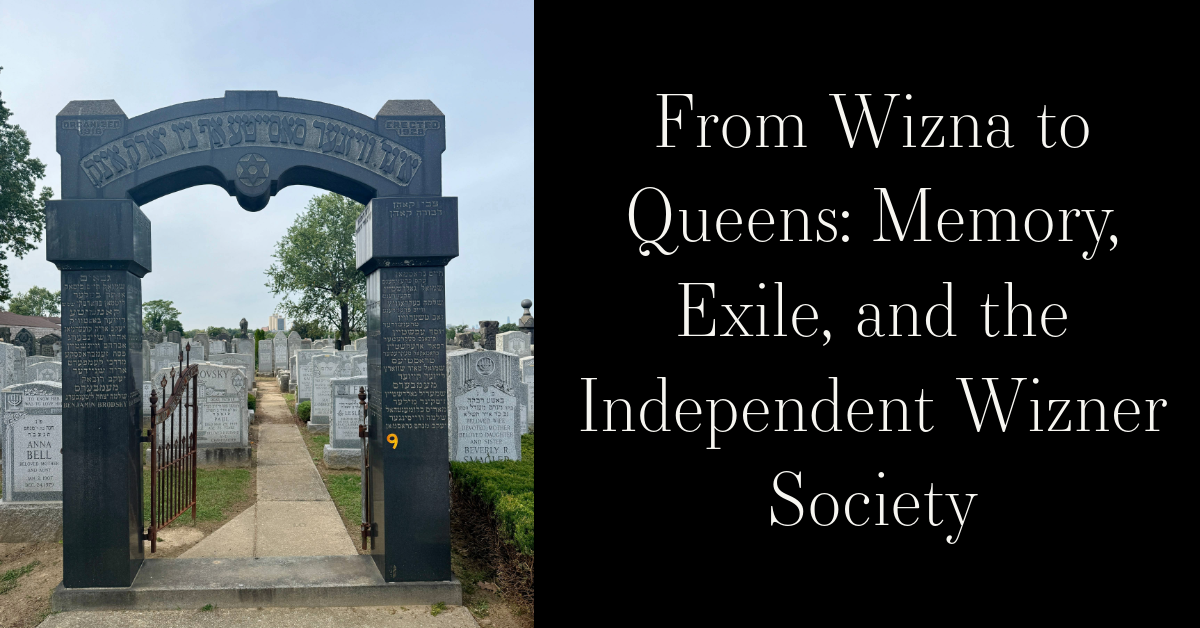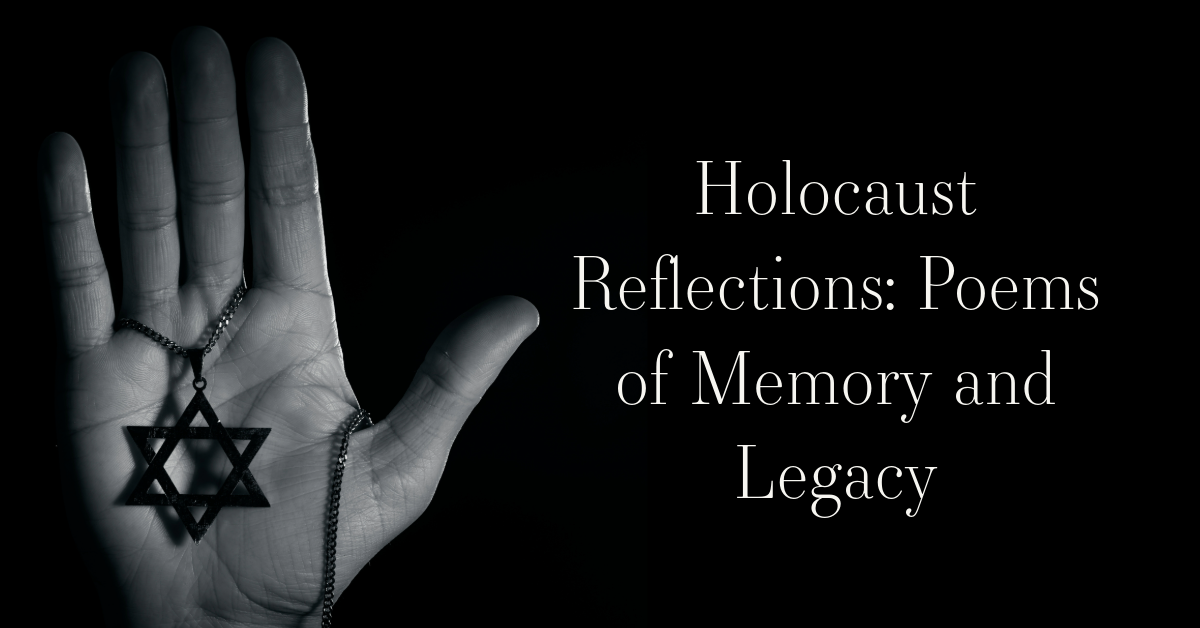Story Summary:
The Cherkasser-Smela Benevolent Association was formed in 1962 by immigrants from Smela, Ukraine and Cherkassy, Ukraine. This society was founded through the consolidation of the United Brothers of the town of Smila (incorporated in 1906) and the Cherkasser Benevolent Association (incorporated in 1945). The United Brothers established the Relief Committee for the Smeler Political Convicts, 1913 and the Joint Smela Relief, Inc. 1928. Relief activities of the society included establishing barrel woodwork factories in Smela, 1930. This blog provides a history for both towns. ~Blog by Olivia Scanlon
Cherkasser-Smela Benevolent Association
The Cherkasser-Smela Benevolent Association was formed in 1962 by immigrants from Smela, Ukraine and Cherkassy, Ukraine. This society was founded through the consolidation of the United Brothers of the town of Smila (incorporated in 1906) and the Cherkasser Benevolent Association (incorporated in 1945). The United Brothers established the Relief Committee for the Smeler Political Convicts, 1913 and the Joint Smela Relief, Inc. 1928. Relief activities of the society included establishing barrel woodwork factories in Smela, 1930.
Jewish history for the town of Smela, Ukraine
Smela, Ukraine is located 24 km from Cherkassy. Jews in Smela are first mentioned in 1650. By 1765, an organized Jewish community consisting of over 900 people was active. In 1827, Jewish and Karaite boys as young as twelve years were drafted for a six-year military education in Cantonist schools. At 18, they were required to serve in the Imperial Russian Army for 25 years. This number was reduced to 12 years in 1855. The 1830s industrial period brought numerous developments to the region. By 1863, there were four orthodox churches, a Catholic Church, the Rozkolnik Chapel, one synagogue, three Jewish prayer houses, a police commune board, a court, a post office, an ironworks factory, and a railway technical school.
An 1881 pogrom resulted in the death of seven Jews, followed by another pogrom in 1882. A 1904 pogrom resulted in about 150 Jewish shops and over 300 Jewish homes destroyed. Despite these hardships, the community maintained their lifestyle. In 1914, the Jews of Smela maintained eight pharmaceutical shops, one bathhouse, five bakeries, four hotels, and three cement plants. In May 1919, Jews suffered from pogroms carried out by Grigoriev’s gang (about 60 killed, over 20 injured, and multiple homes destroyed). Pogroms resumed in August and December of the same year. In the Fall of 1919, many fell ill to the typhus epidemic, with several hundred souls lost. Following Soviet occupation in April 1920, a Jewish defense unit was established. In the late 1920s/early 1930s, a Jewish school was established but closed in 1939.
On August 4th, 1941, Germans entered the town. Within the first few days of occupation, about 400 Jews were killed in a forest near the village of Belozirye. In February 1942, over 500 people were killed in another Aktion. In January of the same year, two ghettos were established: one outside the town which held about 1000 people, the second one in the center of the town which held about 5000 people. Jews from Cherkassy, Rotmiztrovka, and Petrovsky were included in the roundups. Smela’s entire Jewish population was killed the following month during the liquidation process of both ghettos. The town was liberated on January 22nd, 1944.
After the war, some returned. The town’s unofficial Rabbi was Froim Smelyansky. The Jewish community brought a building for the synagogue, but it was closed a few years later. A Jewish community (consisting of about 600 people) was officially recognized by 1994, with Nina Lozovetskaya elected as its head. Since, many have emigrated to Israel, the United States, and Germany. In 2020, there were about 40 Jews remaining.
Jewish history for the town of Cherkassy, Ukraine
Jewish settlement in Cherkassy dates to the 16th century. During the Chmelnitsky uprising, many fled to safety. By 1664, most of the local Jewish and Polish population had been killed. A Jewish community reappeared in Cherkassy near the beginning of the 18th century, however, they were again victims of violence and expulsion by Zhelezniaki forces. A 1791 document forbade the settlement of Jews. They were also restricted from engaging in city trades, working as merchants, and owning real estate. Jewish life was able to formally develop during the latter half of the 18th century.
In 1797, there were over 700 jews. By the 19th century, the Jews of Cherkassy maintained a hospital, an old age home, a soup kitchen, a synagogue, a study hall, a few prayer houses, and one Talmud Torah. The community also founded a charity fund, as well as a shelter for the poor. Two out of the three city banks were owned by Jews. By the 20th century, the Jews of Cherkassy had contributed greatly to the economic and industrial growth of the town. By 1926, there were over 10,000 Jews in Cherkassy. In 1924, 67 Jewish families founded a farm cooperation, which was later turned into a kolkhoz (collective farm). In 1925, a Jewish law court and police department was established, which operated until the beginning of the 1930s. Two Yiddish schools were also active during this time.
On June 22, 1941, the town was impacted by the German air-attack on major Soviet cities. Germans entered the town itself two months later. Jews were forced to wear distinctive armbands, and a Judenrat was established. In November of the same year, a ghetto was established which was to be supervised by the Ukrainian Rayon administration and Ukrainian police forces. On January 15th, 1942, about 65 people were taken by the Ukrainian police to perform forced labor. The ghetto would be liquidated the same year, with over 900 Jews killed during the process. During this time, Aleksandra Shulezhko (Ukrainian) had opened a children's home for orphans to which 25 Jews were saved (their names and nationalities were changed upon registration). She was named by Yad Vashem as person “Righteous Among The Nations” for her efforts.
https://archives.cjh.org/repositories/7/resources/21621
(Smela, Ukraine)
https://kehilalinks.jewishgen.org/smiela/#:~:text=May%2014%2D15%2C%201919%3A,entire%20Jewish%20community%20was%20exterminated.
https://jewua.org/smela/
https://www.jewishgen.org/ukraine/GEO_town.asp?id=149
https://muse.jhu.edu/pub/568/document/3330
(Cherkassy, Ukraine)
https://jewua.org/category/cherkasy-region/
https://jewua.org/cherkassy/
https://www.jewishgen.org/ukraine/OTW_cherkassy.asp
http://www.jewishheritage.org.ua/en/6340/cherkasy.html
https://kehilalinks.jewishgen.org/cherkasy/history.asp
https://muse.jhu.edu/document/3316
https://iajgscemetery.org/eastern-europe/ukraine/cherkassy
~Blog by Olivia Scanloon

